The longer Europe avoids dialogue with Russia, the deeper the energy crisis will become. Gas prices continue to rise and alternative suppliers cannot meet demand.
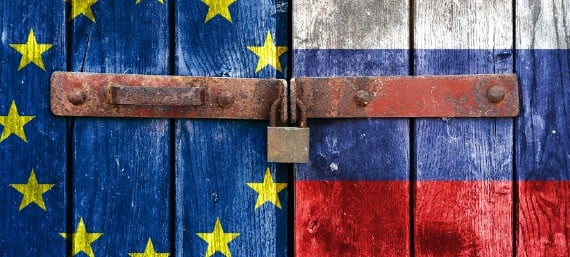 |
| This winter, without Russian gas, Europe's reserves are less than half full, the lowest level in 3 years. (Source: Vestnikkavkaz) |
The European energy crisis is a full-blown disaster movie playing out in real time. Only this isn't Hollywood, and there's no rewriting the script to salvage the situation.
A long, cold winter, depleted gas reserves, soaring energy bills and a collapse in industry are tearing apart the European Union’s energy strategy, all because the continent decided to cut ties with Russian gas.
Europe is freezing – literally and figuratively. Across the continent, people are staring at their gas bills like they’re holding ransom notes, wondering how they’ll stay warm this winter. Meanwhile, governments are stuck between two impossible choices: bring back Russian gas or watch their economies collapse into a deep recession.
In 2021, Russia supplied 45% of Europe's gas. Sanctions on the country in 2022 cut the EU's imports from Russia by 80%. The bloc hopes to fill the gap with renewable energy and liquefied natural gas (LNG).
However, the continent has been disappointed. According to Bloomberg , currently, Europe's gas reserves are less than half full, prices are soaring and the cold of winter is severely affecting not only industrial production or people's lives but also the stability of the continent's political system.
Reserves exhausted
This winter, Europe’s gas reserves have fallen below 48% of capacity, a three-year low. And just when they need the heat most, more cold weeks are forecast, especially in the continent’s northwest. Gas consumption has jumped 17% since last winter, and the trend is not slowing, according to consultancy ICIS.
Now is arguably the moment when things get really bad: Europe has lost its main gas supplier. Before the Russia-Ukraine conflict (February 2022), Russia pumped 155 billion cubic meters of gas to the old continent every year, meeting 40% of the region's needs. Now the supply has been cut off, and although Europe has tried to find alternative sources, it has been unable to compensate.
Gas prices are soaring in Europe. On February 10, futures rose 5.4% to €58.75 per megawatt hour—the highest in two years. The situation is hitting ordinary people’s wallets and crippling factories across the continent.
Households are struggling to keep up with soaring bills, and industry is collapsing. Energy-intensive industries have seen output plummet by 10% since 2022, with Germany taking the biggest hit (15%). BASF, the world’s leading chemical giant in the Western European country, has packed up and moved operations to the US, where energy prices are a fraction of those in Europe.
powerless
The EU has relied heavily on LNG to replace Russian supplies. LNG imports to the continent are expected to reach 80 billion cubic meters in 2024, up 15% from 2023. The US has emerged as the top supplier, meeting 30% of demand. However, things have not been smooth sailing.
Competition for LNG supplies is heating up. Asia’s energy-hungry giants, such as China, Japan and South Korea, are increasing their purchases of LNG, pushing up prices on the global market.
Europe is also “throwing money” into this competition, but even with a lot of money, it can only buy a certain amount of LNG. The reason is that the continent’s terminal capacity for receiving LNG has reached its maximum. In other words, even if they could buy more, there is nowhere to store it.
A year ago, talking about bringing back Russian gas would have been considered “political suicide”. What about now?
Hungarian Prime Minister Viktor Orbán dropped a truth bomb when he said: "We cannot let the EU economy collapse. Europeans deserve affordable energy."
But not everyone agrees. Poland and the Baltic states have called any deal with Russia a betrayal. Polish Energy Minister Zbigniew Rao has said without hesitation: “Returning to Russian gas would be a strategic mistake. It would undermine the entire sanctions policy and give Moscow more leverage.”
Meanwhile, Florence Schmidt, an energy strategist at Rabobank, said bluntly: "The longer Europe avoids dialogue with Russia, the deeper the energy crisis will become. Prices continue to rise and alternative suppliers cannot meet demand."
Can Europe find a way out?
Europe’s energy crisis is not just a policy challenge, it is a direct assault on the daily lives of millions of people. In January 2025, the average household gas bill rose 22% compared to the previous year. For countries like Italy and Spain, where prices have soared 30% and 27% respectively, the situation is like a vise gripping the economy of families trying to keep their homes warm in the cold.
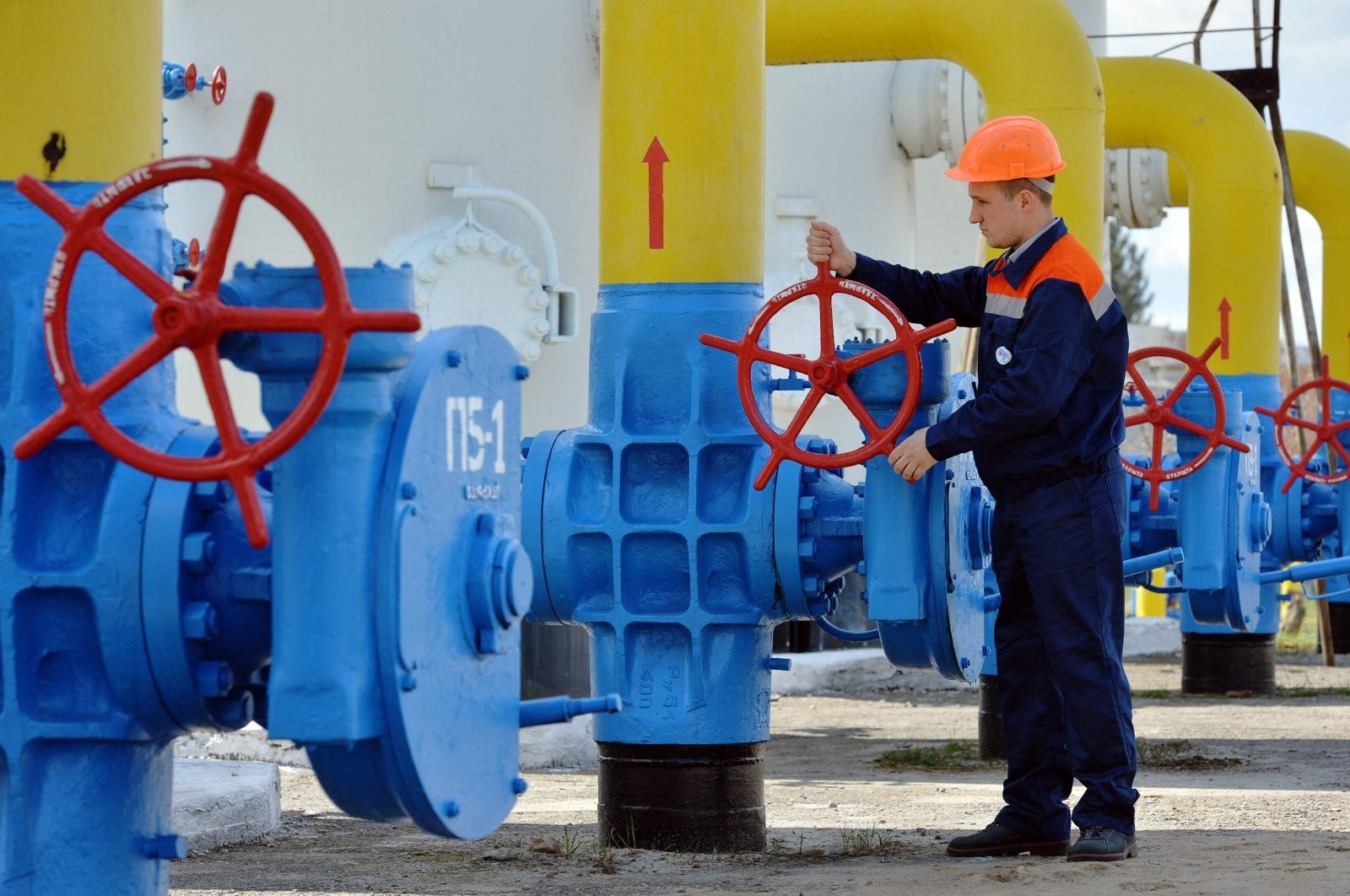 |
| The IEA predicts that to avoid a gas shortage in 2026, the EU will need to import an additional 40 billion cubic meters. (Source: AFP) |
Industry, once the backbone of the European economy, is buckling under the strain. According to the European Commission, one in five manufacturing plants in energy-intensive industries will have to temporarily close by 2024. The crisis has cost thousands of jobs and EU exports have fallen by 8%, giving the EU an advantage over global competitors such as the US and China.
This winter is casting a dark cloud over Europe, and experts warn the situation could get even worse. The International Energy Agency (IEA) predicts that to avoid a gas shortage in 2026, the EU will need to import an additional 40 billion cubic metres.
European policymakers are scrambling for solutions, but none come without major trade-offs:
First , increase LNG imports: Europe is heavily reliant on LNG from the US and Qatar, with imports set to jump 15% to 80 billion cubic metres by 2024. But this is a costly gamble. Asian countries such as China, Japan and South Korea are competing fiercely for the same supplies, pushing up global prices.
Second , renewable energy: Europe is doubling down on wind and solar. While this is the future, the present tells a different story. This winter’s windless days showed how vulnerable these sources are at critical times.
Third , energy efficiency: Drastic measures, such as lowering building temperatures to 18°C in Germany, are being proposed. But such policies could test public patience.
Fourth , return to Russian gas: This is the most divisive option, but it may be the only one that can stabilize the situation quickly.
Gas storage facilities have become Europe’s last line of defense against a total collapse, with analysts at Rystad Energy warning that if current consumption rates continue, reserves could run out by mid-March.
Germany, Europe’s industrial powerhouse, is grappling with a particularly precarious situation. It is racing to increase imports from Norway, but even that comes with risks. Planned maintenance of Norway’s gas fields in the summer of 2025 is expected to cut production by 5-7%.
The gas shortage is hitting industrial powerhouses like France and Italy particularly hard. French chemicals giant Arkema has announced plans to move some of its production to cheaper energy locations like Morocco and India – a grim sign of Europe’s waning competitiveness.
Dilemma
The idea of resuming Russian gas transit through Ukraine—a year ago considered politically toxic—has begun to creep into European discussions. As noted above, Hungary and Austria have broken ranks and publicly called for a review of sanctions, while Poland and the Baltic states remain steadfast, viewing any new relationship with Russia as a strategic mistake.
The European Commission is walking a fine line. Officially, it has not made any commitments, but there are signs that some form of exemption for Ukraine could be on the table if the situation continues to escalate.
According to the European Commission, industrial exports are set to fall by 8% by 2024. That decline is just the tip of the iceberg. Massive factory closures have cost hundreds of thousands of jobs. And while large corporations may have found a way to weather the storm, small and medium-sized businesses are bearing the brunt of rising energy costs, which have doubled in some areas.
Europe’s energy crisis is not just a numbers game – it is a battle for economic survival. With each passing month, the noose tightens around households and industries. If the EU fails to act decisively, the consequences will ripple through global markets, weakening Europe’s dominant role on the world stage.
What is undeniable is that the days of cheap and abundant energy are over. Europe now has to choose between adapting, innovating and enduring, or clinging to ideals that could cost it everything. The real challenge is not just getting through the next few months – it is building a sustainable energy future. Time is ticking, and next winter will not wait for anyone.
Source: https://baoquocte.vn/chau-au-dang-bi-dong-bang-quay-lai-voi-khi-dot-nga-lua-chon-gay-chia-re-nhat-nhung-co-the-la-duy-nhat-304152.html






























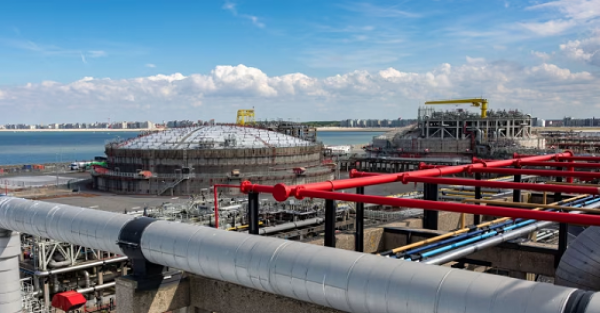
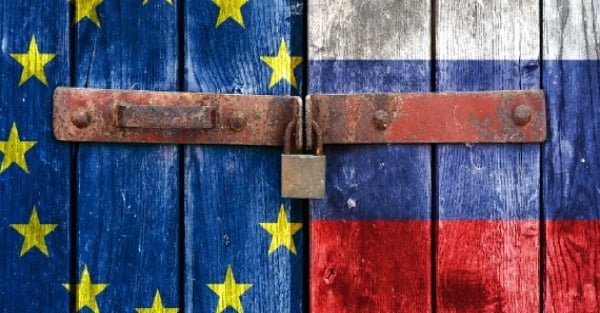
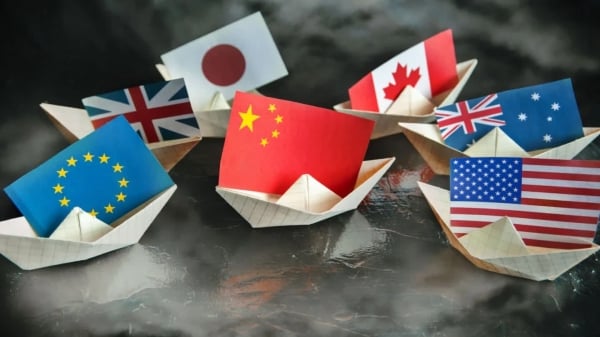
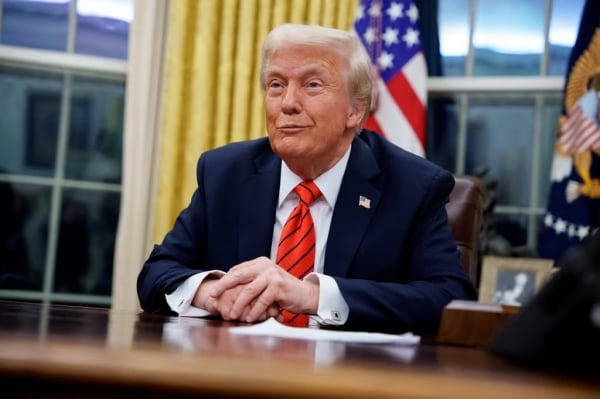
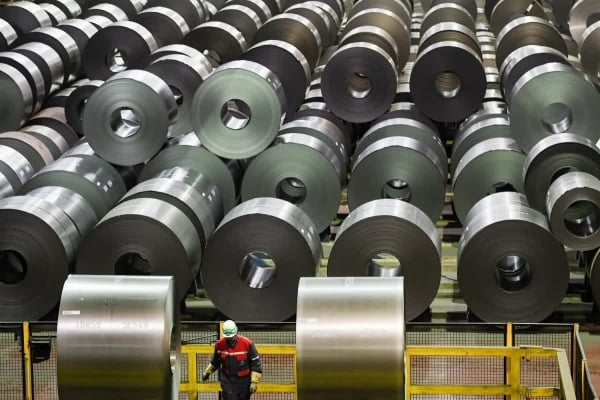
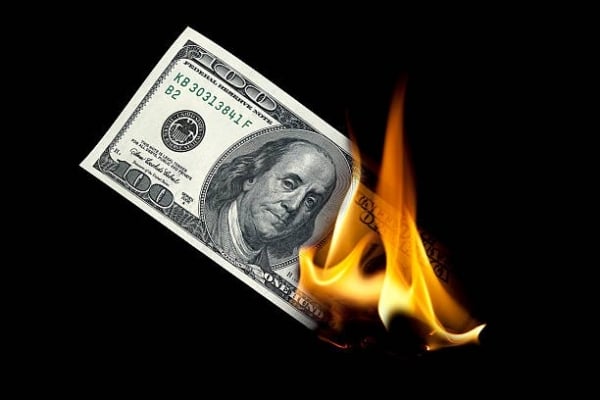
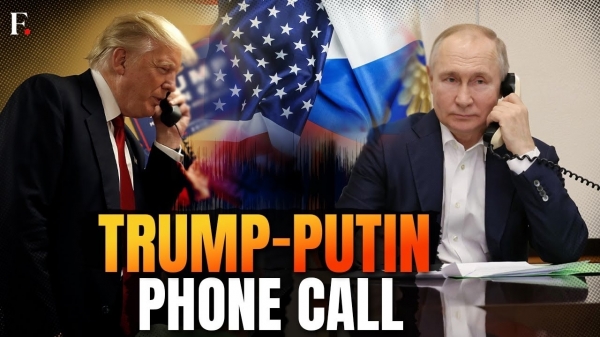



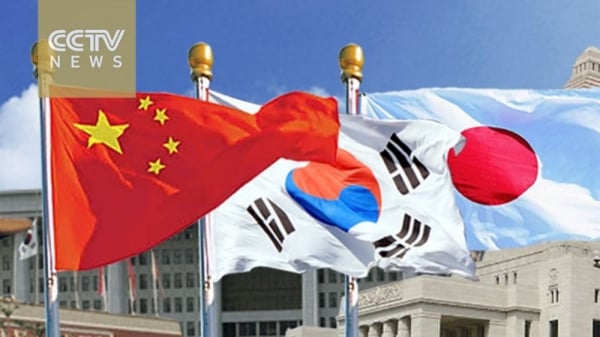
















Comment (0)